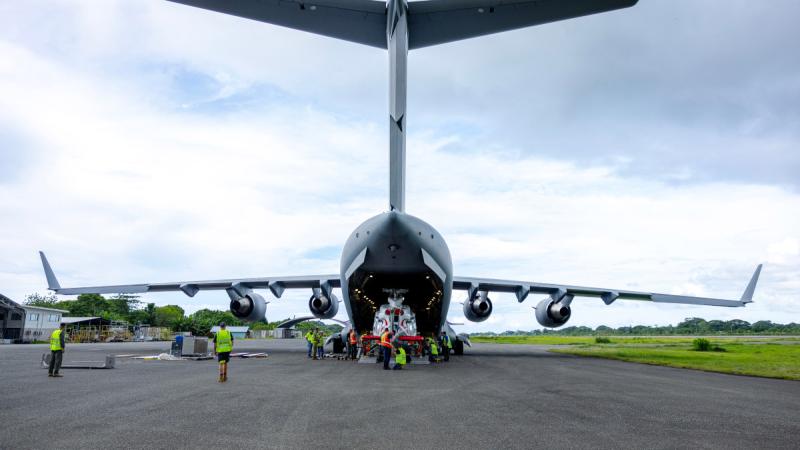Wodonga’s streets will be brighter and more environmentally friendly after dark, with the council to replace outdated street lights across the city with energy-efficient LED lighting.
Work will start in August to install 1196 LED lights, which will significantly reduce operating costs and greenhouse emissions.
The council’s Team Leader Project Delivery, Danny Muldeary, said the city’s energy for street lights will be cut by 420 megawatt hours, or 48 per cent, every year.
“What that means is the savings in power costs will ensure the project pays for itself within five to seven years and at the same time, we’ll reduce our greenhouse emissions by 400 tonnes per annum – the equivalent to lighting 13,000 average Australian homes in a year,” he said.
“We’ll also save between $1.6 million and $3.7 million in energy and maintenance costs over the long term because the new lights will last for about 20 years.”
Other benefits of LED lighting include:
- Greater uniformity of lighting;
- A reduction in glare;
- Better colour rendering and visibility; and,
- Greater reliability.
The city’s newer areas already have modern street lights and these will not be replaced but the program will apply to ageing mercury vapour lights in older residential and industrial areas, including major road intersections.
“The installation should cause minimal disruption to the community with the replacement of each light to take only about 20 minutes and people can leave their cars parked in streets while the works take place,” Mr Muldeary said.
The project cost is $1,240,000 and is funded by Wodonga Council, with rebates from the Victorian Energy Upgrades program and contributions from distribution company AusNet at project completion.
The council awarded the tender for the supply of the lights at its February meeting, following inclusion of money for the project in the 2021-2022 budget.
The old mercury vapour lights will be recycled to create products such as glass wool insulation for homes, and the metal components will become ingots for industry use.
Contractors will begin the installation on August 1, with completion scheduled for January 2023.







